Review
There’s a lot to like about the EX90 but it might make more sense for fleet customers once cheaper derivatives are available.
Overview
Almost a year after it was due to arrive, the Volvo EX90 has finally landed in the UK as the brand’s flagship model.
Building on the smaller EX30, the EX90 is the second electric model to use a bespoke platform rather than being based on an existing Volvo.
It’s meant to replace the XC90, but a last-minute strategy change at Volvo has seen that model’s life extended through a facelift and it will now be sold alongside the EX90.
Like the XC90, the EX90 is a large seven-seater that puts comfort, luxury and safety above all else.
It’s also the most expensive Volvo model to launch, with an almost six-figure starting price.
The model range is due to expand over the course of 2025, with new trim level and powertrain options, but for now only two versions are available in range topping Ultra trim.
The Twin Motor costs £96,255 and the Twin Motor Performance costs £100,555.
Practicality and comfort
The Volvo EX90 is massive. There’s no other way to describe it. With a length exceeding five metres, not only does it have a larger footprint than an XC90 but also a Kia EV9.
As a result, the interior is cavernous. For the front and middle row passengers, space is plentiful. The rearmost seats are more cramped. You can squeeze and adult back there, but they won’t be particularly comfortable. At least not as much as they would be in an EV9.
You do, at least, get a decent boot. Even when all the seats are up, there’s more than 300 litres of capacity. If you fold the third row then the boot expands to 655 litres. There’s also a 2.0-metre load length, when all the rear seats are folded, should you feel the need to transport a large item of furniture.
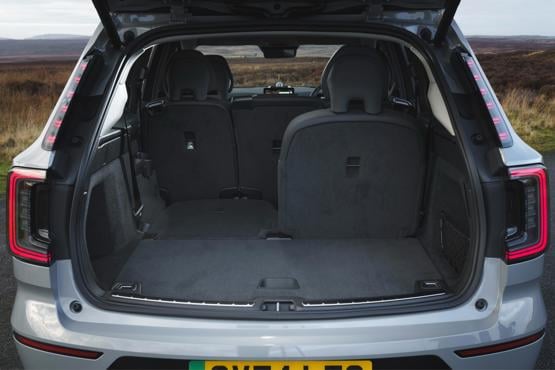
In range-topping Ultra trim the EX90 is beautifully appointed. Its interior uses sustainable materials but they’re of a high quality and befitting of a luxury-segment model.
As usual for Volvo, the seats are great. Supportive, comfortable and adjustable in a myriad of ways.
Safety and technology
Volvo’s attempt at minimalism has gone a little far in the EX90. There’s an over-reliance on the central touchscreen that affects day-to-day usability. Adjustment of the door mirrors and steering column, for example, is actioned through the screen. You also need to delve into menus to adjust the regenerative braking, windscreen wipers or driver assistance settings.
The Android-based user interface integrates Google Assistant, which allows some functions to be controlled by voice. Volvo has also included a row of shortcut icons to speed up access to certain features.
We were told that the cars on test needed further work to resolve some software bugs – an issue Volvo also faced when launching the EX30.
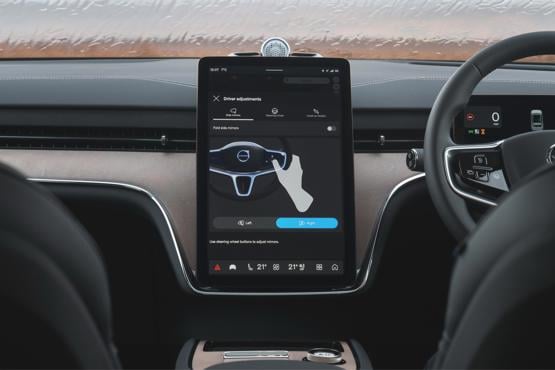
The main issue we noticed was with the car’s automatic windscreen wipers, which seemed completely unaware of how wet the windscreen was. This issue was made worse by the fact that there’s no actual wiper stalk, just a couple of buttons tacked on to the indicator and used in conjunction with the touchscreen.
The usual spot for a wiper stalk is instead taken up by the EX90’s gear selector, which you also use to activate the cruise control. Given Volvo’s dedication to making its interiors user-friendly and easy to use, the EX90 – while clean and uncluttered in its design - feels completely alien and not logically thought-out at all.
While the user interface can frustrate, the technology packed into the EX90 is impressive nonetheless. It’s the safest car Volvo has ever made, utilising every conceivable active and passive safety aid to keep those on board out of harm's way.
The hump on the roof houses a Lidar sensor, which helps the car build an accurate picture of the environment around it. Initially it’s being used just to gather data, but further down the line it will be able to support the safety systems and possibly even self-driving.
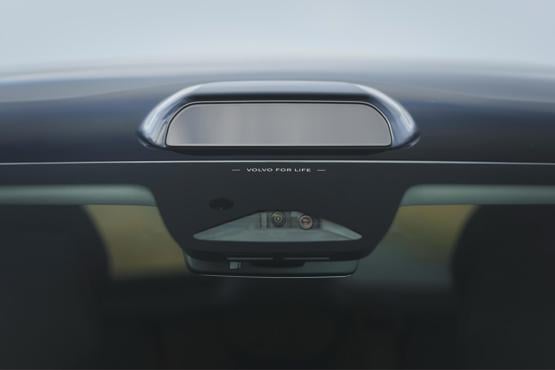
Driveability and range
Price isn’t the only big number associated the EX90. There’s also some impressive figures when it comes to the powertrain. Power is 408PS and 770Nm for the Twin Motor and 517PS and 910Nm for the Performance variant.
When it comes to range, the numbers are also high. According to WLTP its 363 miles and 360 miles, respectively.
That means the EX90 offers a stand-out package, on paper. But there’s another big number that has a less positive impact, and that’s weight. The EX90 tips the scales at almost 2.8 tonnes. That’s a lot of mass to carry.
As a result, our efforts to establish some baseline efficiency figures saw 2.8mi/kWh for the Twin Motor and 2.4mi/kWh for the Performance. These figures aren’t actually terrible for such a large car. The Kia EV9, in our hands, was managing only 2.5mi/kWh in similar conditions.
But it puts the real-world range way off the WLTP figure. Both models use a 107kWh battery, which means you’ll be lucky to manage 300 miles in the more efficient car.
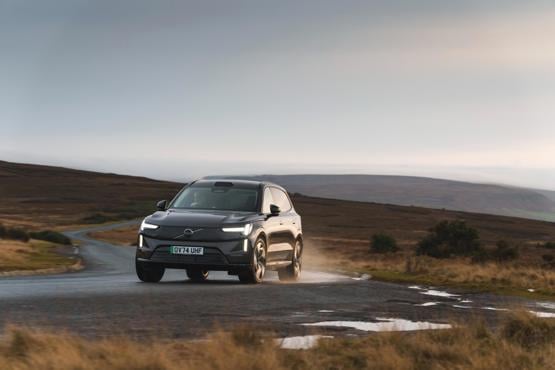
The weight does dampen the performance too. It’s not that the EX90 is a slow car, it just never feels like it wants to get out of its own way quickly enough. The Performance model has a ‘Performance’ mode that needs to first be enabled, via the touchscreen, to extract full power. With this activated the throttle response is sharp enough to throw you back in your seat but perhaps it’s not quite the experience expected from a £100,000 car.
Ride and refinement are much more the Volvo’s wheelhouse. It’s smooth riding, thanks to air suspension and adaptive dampers. Only the 22-inch wheels somewhat upset the serenity when you encounter a pothole.
There’s a degree of agility, but the sheer dimensions of the EX90 make it difficult to drive with much enthusiasm on narrow British roads.
Company car tax and running costs
The EX90 sits in a class of its own, currently. There’s no direct rival from Audi or BMW and the Mercedes EQS SUV is £30,000 more expensive.
Much of the car’s practicality is mirrored by the much cheaper Kia EV9, which also has lower running costs. Equally, the Volvo XC90 will suit the needs of many users without the hassle of range anxiety.
The EX90 Twin Motor will cost 88p per mile over a four-year (80,000-mile) cycle. A large part of its running cost is depreciation. Cap HPI predicts a 34% retained at the end of the above period.
With a 2% benefit-in-kind tax rate, the EX90 is an appealing choice for a company car driver with monthly tax bills of £65 (40% taxpayer). Equally, it makes sense if acquired via a salary sacrifice scheme, offering plenty of technology, luxury and space.
Matt has been an automotive journalist for nine years and has driven just about every new car and van that's on sale. As content editor - vehicles he is responsible for the automotive content on Fleet News and also contributes to Automotive Management. Prior to this, Matt worked in the automotive industry for 10 years.


Specs
| Manufacturer | Volvo |
| Model | Ex90 Estate |
| Specification | Volvo Ex90 Estate 300kW Twin Motor Ultra 111kWh 5dr Auto |
| Model Year | 2025.00 |
| Annual VED (Road tax) | £10 |
| BIK List Price | £96,295 |
| Range | 374.70mile(s) |
| CO2 | N/A |
| BIK Percentage | 3% |
| Insurance Group | N/A |
| CC | 1 |
| Fuel Type | Electric |
| Vehicle Type | Large SUV |
| Luggage capacity (Seats up) | 310litres |
| Doors | 5 |
Running Costs
| P11D | £96,295 |
| Cost per mile | 98.81ppm |
| Residual value | £42,050 |
| Insurance group | N/A |
| Fuel Type | Electric |
| Cost per mile | 328.09ppm |
| Fuel | 3.05ppm |
| Depreciation | 321.25ppm |
| Service maintenance and repair | 3.79ppm |
Rivals
Info at a glance
-
P11D Price
£96,295
-
MPG
N/A (WLTP) -
CO2 Emissions
N/A -
BIK %
3% -
Running cost
3 Year 60k : £42,050 4 Year 80k : £33,200 -
Fuel Type
Electric -
Range
374.70mile(s)



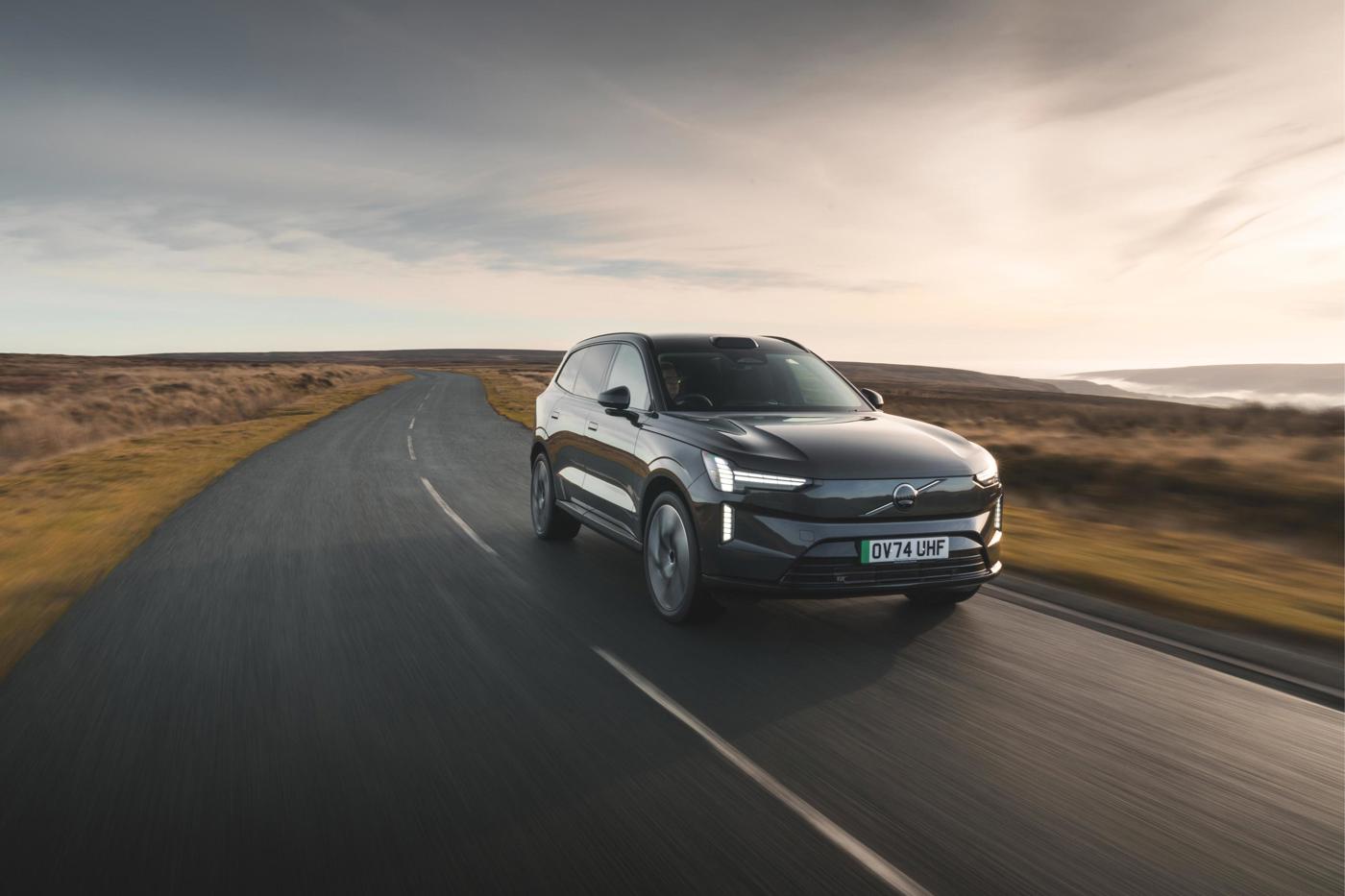
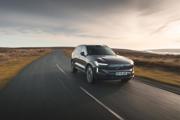

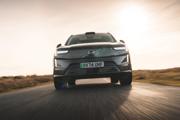
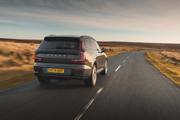
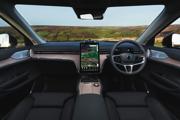


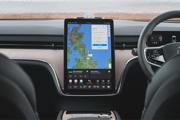

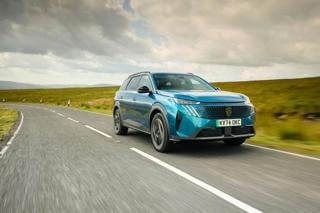
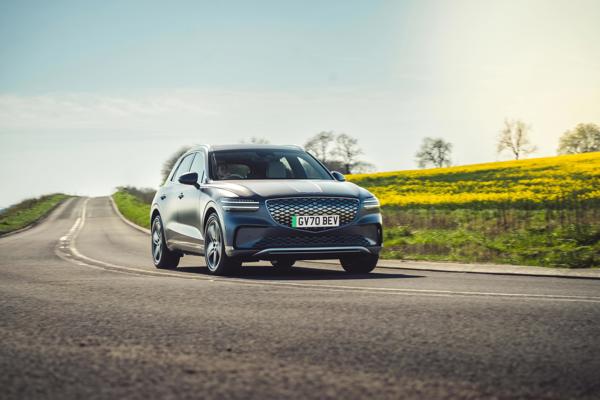
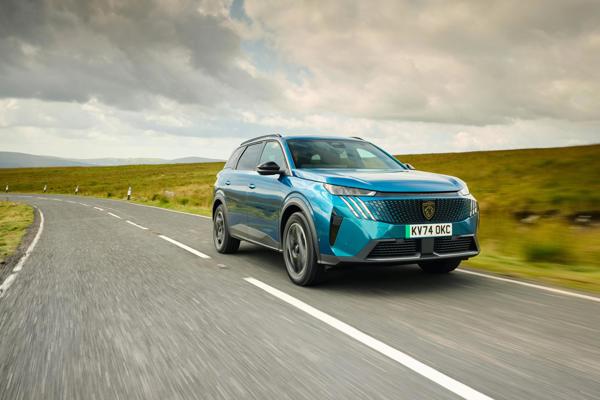
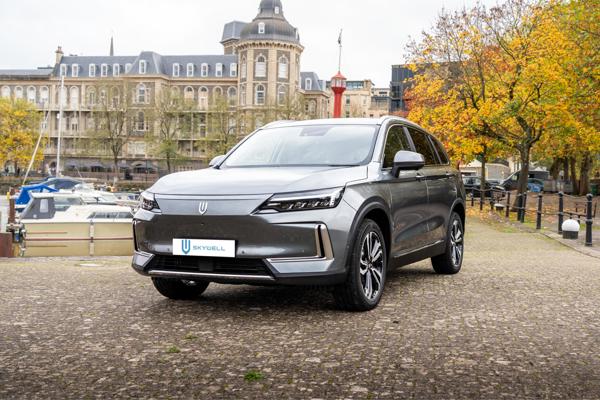
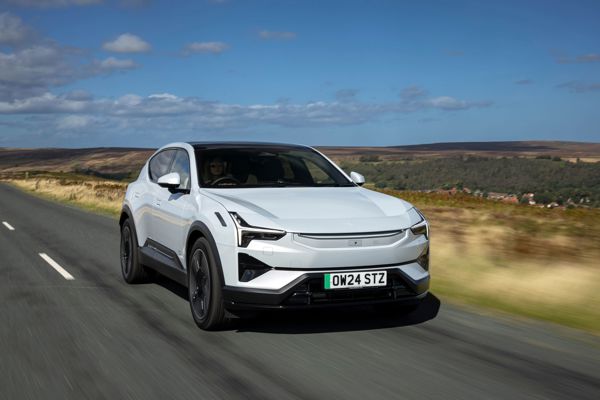
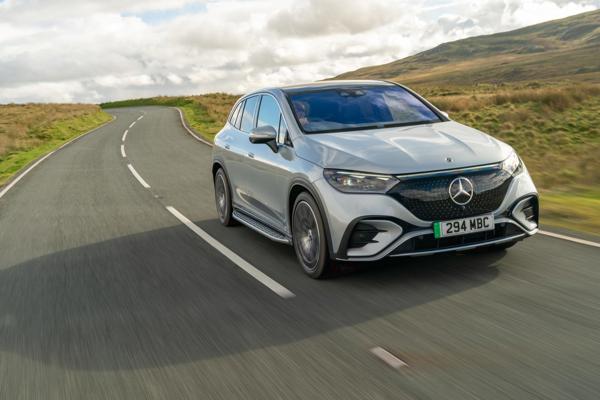
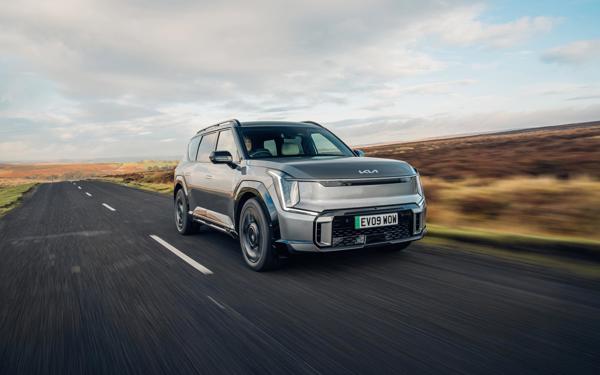

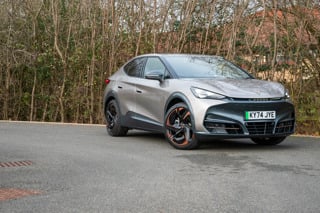

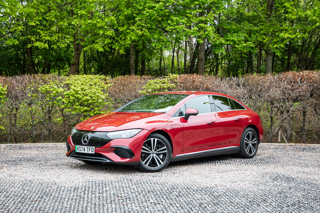












Login to comment
Comments
No comments have been made yet.